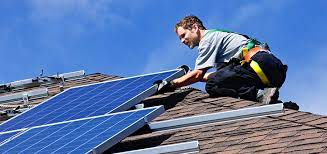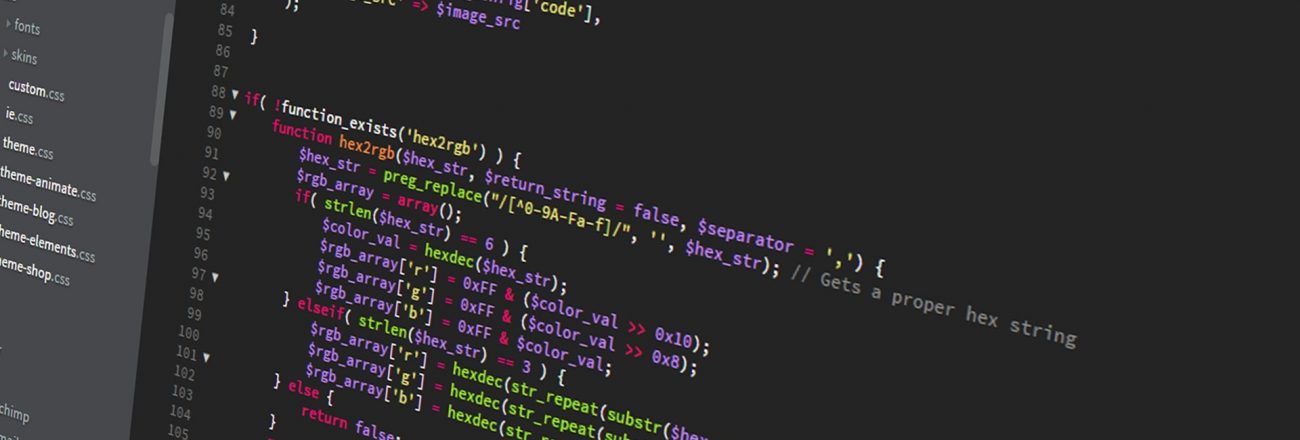Steps in Solar Panel Installation
Solar panel installation typically begins with a comprehensive site assessment. This involves evaluating the available sunlight, shading issues, and the structural integrity of the roof. Professional solar pv installers will determine the optimal location for maximum sunlight exposure, ensuring that the panels can generate the highest possible energy output.
Once the site assessment is complete, the next step is obtaining the necessary permits and approvals. Different regions have varying regulations regarding solar installations, and it’s essential to comply with local requirements. This may involve submitting plans to the local authorities and obtaining permits to proceed with the installation.
The actual installation process starts with securing the mounting system to the roof. This is a critical step to ensure the stability and longevity of the solar panel system. The mounting system serves as the foundation for the solar panels, and its proper installation is crucial for the overall effectiveness of the system.
After securing the mounting system, the solar panels are carefully installed on top. The panels are connected to one another to form an array, and they are then connected to the inverter. The inverter plays a crucial role in converting the direct current (DC) generated by the solar panels into usable alternating current (AC) electricity for your home.

Once the panels are securely in place and connected to the inverter, the electrical components are configured. This includes setting up the wiring, fuses, and breakers to ensure the safe and efficient flow of electricity. A thorough inspection is conducted to verify that all connections are secure and meet safety standards.
After the electrical components are in place, the system is connected to the main electrical panel of the house. This allows the solar-generated electricity to integrate seamlessly with the existing electrical system, providing power to the household.
Post-installation, thorough testing and commissioning are carried out to ensure that the system operates at its maximum efficiency. This involves checking each component’s functionality, monitoring energy production, and addressing any issues that may arise.
Finally, the solar panel installation is completed with the connection to the power grid. This step may involve coordination with the local utility company to ensure that the system meets their requirements for grid connection.
In conclusion, the key steps in solar panel installation include a site assessment, obtaining permits, mounting the panels securely, connecting the panels to the inverter, configuring electrical components, integrating with the main electrical panel, testing and commissioning, and connecting to the power grid. Each step is crucial in creating a reliable and efficient solar energy system for your home. If you’re considering solar panel installation, consulting with a professional installer will ensure a smooth and successful process. Embracing solar energy not only reduces your carbon footprint but also contributes to a sustainable and eco-friendly future.

